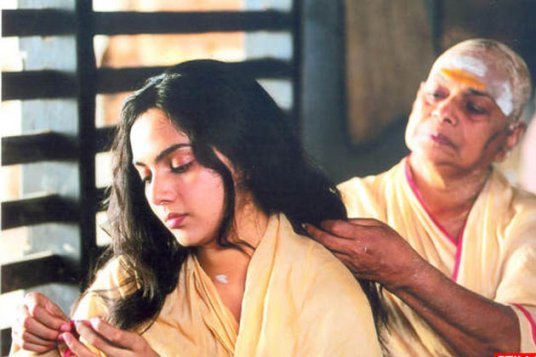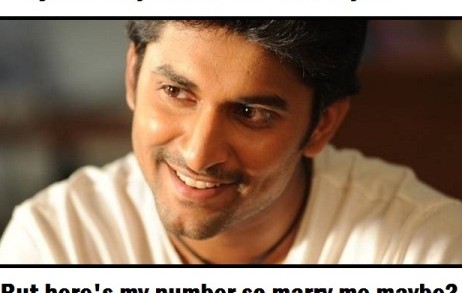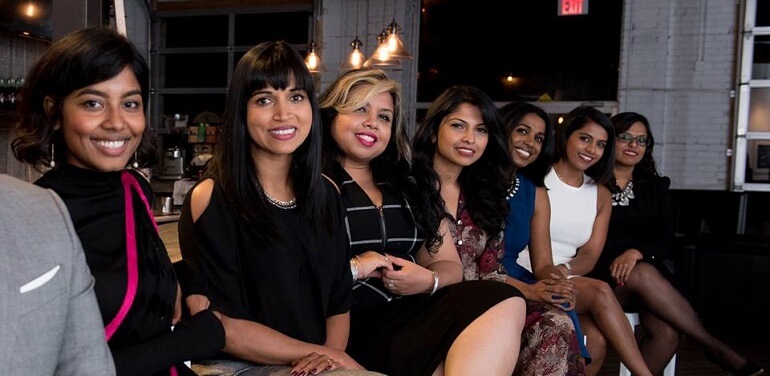The views expressed in this article are those of the author and do not necessarily reflect TamilCulture’s editorial policy.
I grew up like many young women, thinking that I belonged to a different generation from my parents and grandparents – what a cliché. This notion, coupled with advances in feminism, gave me confidence that my generation’s marriage would be based on equality and fairness – a true testament to the 50/50 concept.
It is a simple and practical concept, where the husband and wife each give and take equal amounts. In a day and age in which both partners bring home the bacon, this concept seems fair and equitable right? Besides, why would anyone want to be married to someone who isn’t willing to invest the same amount of time and effort into a relationship?
It is with this 50/50 mindset that I entered the holy union of matrimony. This idea of mine wasn’t novel or radical. It was simple and practical. Very fitting to the current times one might say.
But this is how it all played out.
The first year of my marriage was a struggle. Copious amounts of time and energy were devoted to figuring out what was fair and equitable.
Our 50/50 arrangement started out where we both tried to share all tasks and chores equally. I cooked, washed and cleaned 50% of the time and he did it the other 50%. However, with time it metamorphosed into something like this: I would grocery shop while he watched TV. Or he would clean while I surfed the net.
The truth is, no one really wants to give their half. But they expect their partner to hold up their end. Although both partners think they are giving their 50%, they instead offer something closer to 35%. Each partner secretly starts to keep a tally of all the “selfless” tasks they’ve done in the marriage, but tends to be blind to all the extra miles the other person has gone.

Both partners begin to expect and eventually demand that the other do more to meet their half, convinced that they deserve it. And instead of “meeting halfway” the giving suddenly becomes conditional.
This is definitely not a simple or a practical concept. Is this why there is a 50% divorce rate? Is the 50/50 approach yielding a 50/50 result?
Infuriated with this predicament, I sought the counsel of my married friends. Their advice was to stay the course and things would get better with time. The secret to this they said: make him crack – it was all a matter of time. As time ticked on at an excruciatingly painful rate, he wasn’t cracking. Yet the intensity and frequency of the fights grew and marital bliss was soon becoming something from the distant past.
Out of sheer desperation and helplessness, one day I started venting to my grandmother. She, in her wise ways, smiled and said, “We were not headstrong and independent like you girls these days. But in our times, what we did seemed to work.”
With curiosity, I probed. Grams said, “In our times there was no such thing as the 50/50 rule. We each did what needed to be done for the betterment and harmony of the household. No one kept scores, dear.”
With a smile she asked, “Do you keep scores against yourself?” Baffled by the strange question, I spitted out a resounding “No!”
Grams continued, “If you don’t do it with yourself, why would you do with your marriage?”

This is when it hit me. Marriage really wasn’t about keeping tallies. It was about a mutually loving partnership. Keeping scores only ends up hurting the partnership. In my quest to achieve the perfect modern-day 50/50 marriage, I had completely lost sight of what was important in a “happy marriage.”
Armed with this knowledge and thanks to open and honest dialogue (aka heated arguments), we found our new equilibrium. Which went something like this: the things I was good at I would do, and vice-versa. The things I knew he detested doing but I didn’t mind doing, I did and vice-versa. And the things we both didn’t really want to do got shoved into the procrastination corner, as a joint project.
For instance, who cared if I did 80% of the cooking and he only did 20%? Or that he did the 80% of the grass cutting and I did 20%?
Soon I realized that like many, I was taking this 50/50 concept a bit too literally. If you choose to take this path and stick to it, then you’d better buckle up and be ready for a bumpy ride. It is inevitable that you will find yourself in an unhappy marriage. A marriage based on a loving relationship really doesn’t require one to keep a running tally, because in the end it all flushes out to be a true 50/50 partnership.
Truth be told, in a 50/50 marriage, the problem with holding up fairness and equality as the main measuring stick is that it turns what should be a partnership into a contest. What people think is a simple and practical notion fails miserably when put to work. After all, the 50/50 marriage is not all that it’s cracked up to be!
Check out our other articles in our series on modern marriage in the Tamil community:
Part 1: Help! I’m 30, Tamil… and Not Married
Part 2: So You’re 30 and Still Single? Don’t Blame Tamil Women
Part 3: Single, Tamil, Female… And I’m Divorced
Part 4: Self-Arranged Marriage: The New Tamil Trend
Part 5: How to Find a Husband
Part 6: Tamil Women, Here are 6 Things You Could Be Doing Instead of Finding a Husband
Are you single? Are you interested in meeting Tamil singles in your city and across the world? Join myTamilDate.com!

 Sujantha Nathan
Sujantha Nathan









